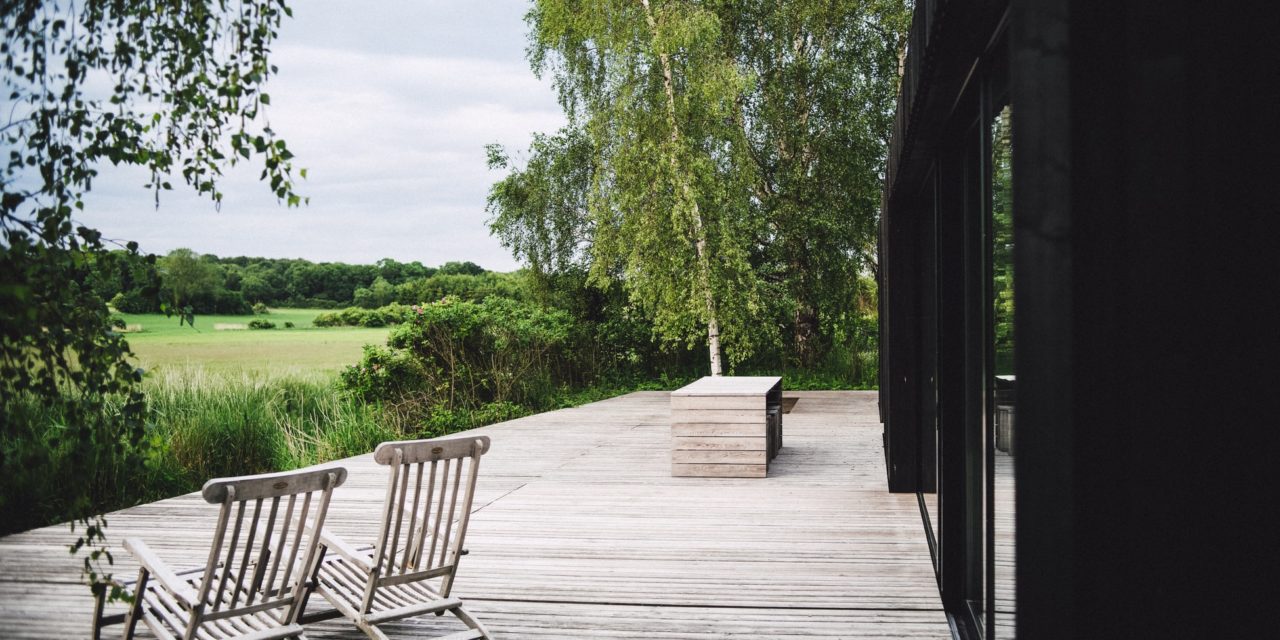[ad_1]
To most tile retailers, the largest customers are always the people tiling their pools. They opt for glass tile because of its shimmering beauty – especially when submerged. The vibrant colors that glisten from beneath the crystal clear water never fails to captivate homeowners or their guests.
It is this superior appearance of glass tile that entices people to undertake these large projects. As you can probably tell, these customers are making a huge investment in their properties; they expect their tile installation to be flawless and long lasting. In order to satisfy these demanding clients, sales staffs have had to become well versed in the intricacies of glass tile installation.
While glass tile has its own, inherent quirks when it comes to installation, an exterior application, such as a swimming pool, requires even more specialized attention and materials. The main challenge for installing glass tile outdoors is glass' relatively high expansion coefficient. What that means is, glass expands and contracts at a greater rate than other materials someone might use in their pool, e.g. ceramic or stone.
Since the tile is adhered to the bottom of the pool while it's expanding and contracting, it can easily crack and break if the cement it's laid into doesn't stretch with it. Therefore, the question often heard from customers is, “How do I install glass tile in my pool without having to repair the broken tiles year after year?” The answer has not always been an easy one. However, with advances in technology and contractors' growing experience installing glass tile, we are now able to provide customers with the right recommendations so that their pool installation experiences minimal problems.
The most important step in putting glass tile in a swimming pool is choosing the right installation materials. To reiterate, the high rate of expansion and contraction of glass caused by temperature changes is the leading cause of cracks and damage to installed tiles. In order to compensate for this, special thin-set adhesives and additives have been developed that expand and contract with the glass.
The leading manufacturer of glass-specific tile adhesive systems is MAPEI, and their Adesilex P10 thin-set and Keraply additive can be combined into an installation system that is specifically designed for applications where the glass tiles are completely submerged. The elasticity of the Adesilex P10/Keraply combination allows the glass tiles to stretch without breaking, and MAPEI is so confident in this installation solution's ability to provide lasting results that they offer a 5-year warranty on materials and labor. With a guarantee like that, it's no wonder that so many tile contractors and retailers stand behind MAPEI's products as the best in the industry.
Whether you are installing glass tile on the exterior of your home, as an accent in the garden, or on the bottom of your swimming pool, you need to take into account the unique challenges that comes with using glass tile outdoors. These challenges are not insurmountable as long as you take care to use the proper installation materials. If you do this, then there is no reason why your swimming pool project can't leave the whole neighborhood green with envy for years to come.
[ad_2]
Source by Michael A Payne


